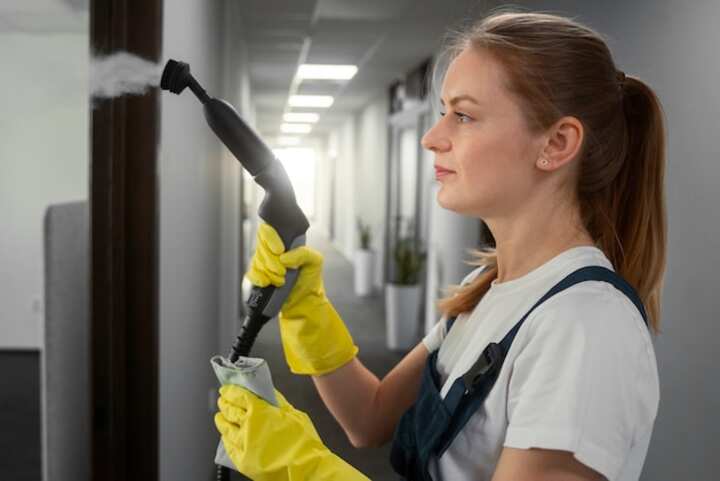
Expert Smoke Damage Repair Services in Hammond
Smoke damage can be a devastating consequence of a fire incident, affecting not only the structural integrity of a building but also the health and well-being of its occupants. In Hammond, expert smoke damage repair services are crucial for effectively restoring properties and ensuring a safe living environment. This article delves into the various aspects of smoke damage repair, highlighting the importance of professional intervention and the steps involved in the restoration process.
Understanding Smoke Damage
Smoke damage extends beyond visible soot and discoloration. It infiltrates walls, furniture, and HVAC systems, posing long-term risks if not addressed properly. The microscopic particles can cause respiratory issues and exacerbate allergies, making immediate action imperative. Learn more in this detailed guide about the impact of smoke damage.
Types of Smoke Residue
- Dry Smoke: Typically produced by high-temperature fires, it leaves a powdery residue that is easier to clean but can permeate porous materials.
- Wet Smoke: Caused by low-temperature, smoldering fires, it leaves a sticky, smeary residue that is more challenging to remove.
- Protein Residue: Common in kitchen fires, it is nearly invisible but extremely odorous.
- Fuel Oil Soot: Often the result of furnace puff-backs, this residue requires specialized cleaning techniques.
Explore further insights here to understand the different types of smoke damage and their implications.
Steps in Smoke Damage Repair
The process of smoke damage repair involves several critical steps to ensure comprehensive restoration and safety for the property and its occupants:
Assessment and Inspection
The initial step involves a thorough assessment of the property to determine the extent of smoke and soot damage. This includes evaluating structural elements, personal belongings, and air quality. Find additional information here about the inspection procedures used by professionals.
Removal of Residue and Odors
Advanced cleaning techniques are employed to remove soot and smoke residue from surfaces. This may involve:
- Using specialized equipment to clean and sanitize affected areas.
- Applying deodorizing agents to neutralize odors.
- Utilizing air scrubbers and thermal foggers to improve air quality.
Restoration and Repair
The final phase involves restoring the property to its pre-damage condition. This can include:
- Repairing or replacing damaged structures and materials.
- Repainting walls and ceilings.
- Cleaning and restoring personal belongings.
Why Professional Services Are Essential
Handling smoke damage requires expertise and specialized equipment to effectively remove harmful residues and odors. Attempting DIY solutions can often exacerbate the problem and lead to further damage. Professionals have the knowledge and resources to perform detailed inspections, employ advanced cleaning methods, and ensure that all safety standards are met. Learn more in this detailed guide about the benefits of hiring professional smoke damage repair services.
In conclusion, smoke damage repair is a complex process that demands professional attention to restore a property safely and effectively. In Hammond, accessing expert services can make a significant difference in mitigating the impact of smoke damage and ensuring the health and safety of occupants. It is essential to act promptly and rely on skilled professionals to handle the intricacies of smoke damage restoration. Find additional information here on how to proceed with smoke damage repair.